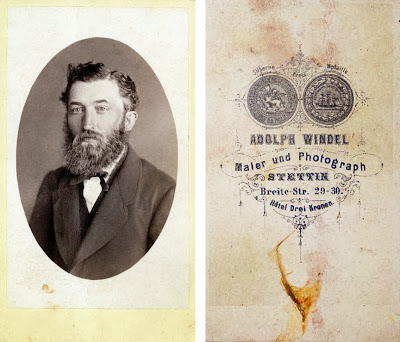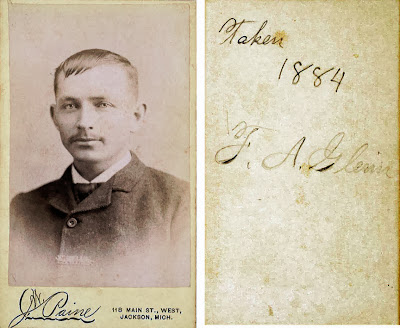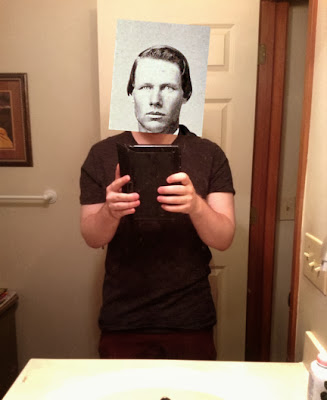 |
| Look at me, look at me. |
Some might think that “selfies,” photos people take of themselves and then share online, are one of the first forms of using photography for self branding, however, I just learned that photography had been used for this purpose, at a much earlier point in history.
I recently purchased a collection of 75 photos on ebay. They were called “carte de viste” cards and, to be honest, I really had no idea what I was buying but they looked interesting. Below are just a few of the cards that were in the assortment. While most of the photos were of men, there were also a few of couples.
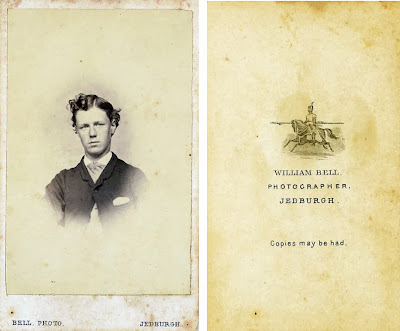 |
| Click to Enlarge |
Carte de vista, which means “visiting card” in french, was a small photo printed on thin paper but mounted to a thicker card stick. The process, invented by french photograher André Adolphe Eugène Disdéri in 1854, allowed for eight images to be taken with one negative. Sharing photos of yourself in this format eventually became so popular, “cardomania” as it was called, spread across Europe and into the United States.
As it turns out, CDVs as they are called for short, combine three of my favorite interests: photography, history, and advertising.
 |
| Click to Enlarge |
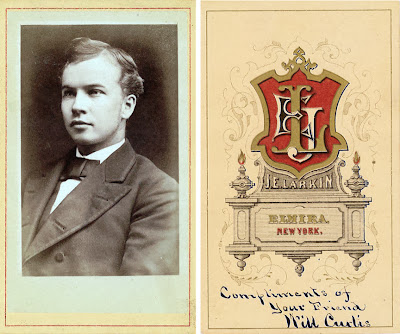 |
| Click to Enlarge
Photo of Will Curtis taken in Elmira, New York |
 |
| Click to Enlarge |
In 1862, the craze for these cards had become so great, poet and physician Oliver Wendell Holmes noted, “Card portraits as everybody knows have become the social currency, the green-backs of civilization.”
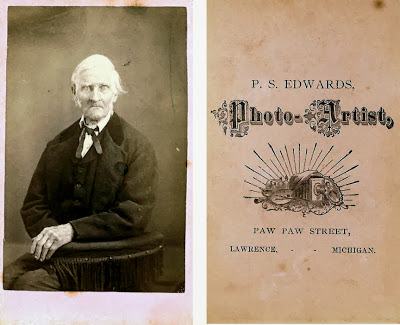 |
| Click to Enlarge |
Many of the backs were printed or stamped advertisements for the photographer. Some hired illustrators to help them create a brand for their studio and they kept the negatives on file for when customers wanted reprints. “Additional copies can be had any time” appears on the back of many CDVs. The price of these photos was affordable for most people, averaging six for $1.00.
 |
| Click to Enlarge |
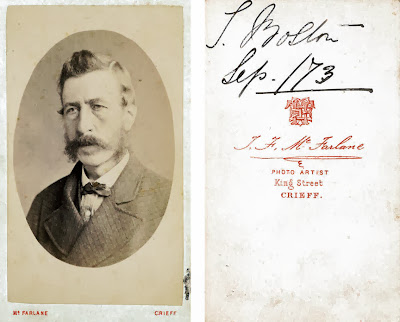 |
| Click to Enlarge |
This form of photography for the masses gave a financial boost to the profession and also introduced the concept of celebrity photography.
An article in the Photographic News on Feb. 27, 1885 includes the fact that the most popular CDV had at that point sold over 300,000 copies. It was of the Princess of Wales carrying her daughter on her back. Ironic, considering 112 years later another Princess of Wales would experience a disastrous outcome with photographers attempting to take her photo.
 |
| Click to Enlarge |
It seems we Americans also became obsessed with CDVs that depicted those with unusual physical features like conjoined twins, bearded ladies and those who traveled in circuses and western shows during this time. Leave it to us to create the equivalent of a 19th century reality show.
 |
| Click to Enlarge |
Many of the studios included fancy furniture, backdrops and clothing that customers could rent, allowing working-class folk to pose for photos that presented themselves in a higher class.
 |
| Click to Enlarge |
From August 1864 to August 1866 CDV photography was taxed and the revenue was used to help pay for the Civil War. If a CDV has a stamp on the back, you know it was taken during this period. CDVs became especially popular among soldiers who wanted something to leave behind as they headed off to battle or as a way to hold on to memories of their friends and family back home.
 |
| Click to Enlarge |
In 1861, the man who first patented the CDV process, Disdéri, was considered the richest photographer in the world. Unfortunately, he didn’t save any of the money that he made and when the fad ended, so did his fame and fortune. His last photo gig was as a beach photographer. Later, in 1890, he died in Paris at a hospital for the poor.
 |
| Click to Enlarge |
You can check out a really interesting collection of CDVs on the George Eastman House’s Flicker page and a galley of over 1,000 at Phototree.com. This opinion article in the New York Times includes some great info on CDVs and the Civil War.
For more blog entries, visit my Blog Home Page or to check out the genealogy research about my specific family lines, go to my Haywood County Line Genealogy Website.


